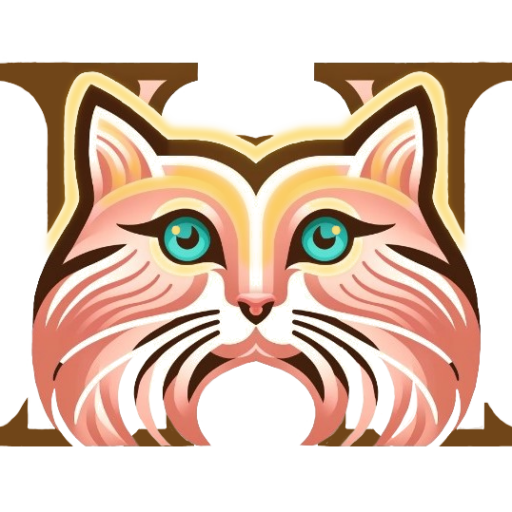The “Narrative Elements Form” is designed to guide creators in refining key aspects of their storytelling, such as perspective, narrative voice, and thematic depth, to enhance the overall narrative impact. Following the trend established by the Story/Game form, this template incorporates external resources for comprehensive development support, with plans for additional internal resources on the […]
The “Themes and Motifs” Form is designed to assist creators in identifying and weaving central themes, motifs, and symbols into their stories or games, enriching narratives with deeper meaning and complexity. Following the established trend from the Story/Game form, this template plans to include external resources for each field to support thematic development and symbolic […]
The “Advanced Plot Development Form” is tailored to deepen narrative complexity through the exploration of subplots, conflict layers, and other advanced storytelling techniques. Following the established trend from the Story/Game form, this form also plans to include external resources for each field to deepen narrative engagement, with future intentions to compile and offer internal resources […]
The “Story Structure Form” is designed to assist creators in mapping out the traditional stages of their narratives, ensuring a solid, engaging structure from beginning to end. Following the established trend from the Story/Game form, this template plans to include external resources for each field to aid in the development process, with future intentions to […]
The “Narrative Structures and Techniques Form” is designed to guide creators in choosing and applying various storytelling frameworks and methods. Following the established trend from the Story/Game form, this template plans to include external resources for each field to foster innovative storytelling, with future intentions to compile and offer internal resources within the H-CAT site. […]
The “Characters Overview Form” is designed to facilitate the general development of characters within stories or games, encompassing their personalities, backgrounds, and narrative roles. Following the established trend from the Story/Game form, this template plans to include external resources for each field to enrich character creation and development, with future intentions to compile and offer […]
The “Story/Game” form is designed to assist creators looking to craft the title and foundational elements of their story or game. This tool aims to assist creators in making their stories or games engaging, memorable, and well-aligned with audience expectations from the very start.
In my journey to develop H-CAT: Holistic Character Assessment Toolkit, I realized the importance of forms. Focusing on them provided a practical and impactful starting point. This insight shaped my approach to H-CAT’s development, focusing on the creator’s common challenges. I found it especially pertinent in tabletop gaming, narrative creation, and world-building. My current efforts […]
Welcome to H-CAT’s all-encompassing Story/Game form! Discover the art of crafting engaging narratives and captivating gameplay experiences. With detailed insights on genres, target audiences, and settings, this guide empowers creators to refine their storytelling and gaming prowess. Learn to master the craft and unleash your creativity into immersive worlds and compelling adventures. Story/Game name This […]
Mastering Character Interaction: The “Communication Style” Section of H-CAT As we continue to navigate the rich landscape of the Holistic Character Assessment Toolkit (H-CAT), we turn our attention to the intricate dance of dialogue and demeanor — the “Communication Style” section. This essential component of our toolkit delves into the verbal and non-verbal symphony that […]
